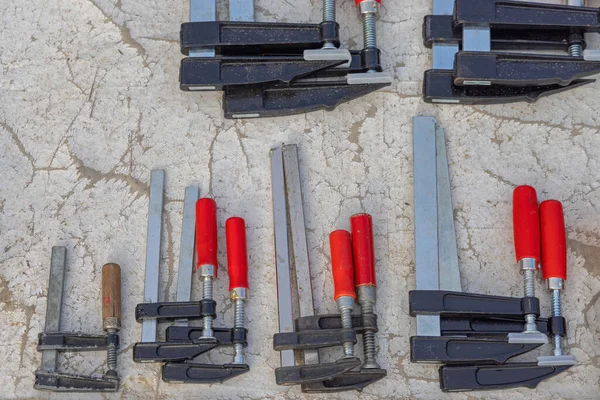C, F, and G Clamps: Picking the Best Option for Your Application
28 April 2023Different industries rely on manufacturing processes to produce a wide range of products for the market. And to ensure their products can be manufactured optimally, they must rely on tools that can be useful in their processing.
One of the tools that manufacturers can use is a clamp. Clamps are tools utilised to hold materials in place while they are being processed. Most clamps are comprised of two or more parts, which are then connected by a screw or other mechanism. The overall composition of the clamps allows manufacturers to adjust the pressure applied to the material being clamped.

Common Types of Clamps
Clamps are often made from materials like metal, plastic, and timber. They can then be utilised in woodworking, metalworking, automotive repair, and plumbing. If you are looking for the best clamp for your application, you may want to pick one of these three options.
1. C Clamps: C clamps are named after their C-shaped design, which allows them to grip objects from one side. These clamps have a threaded screw at the top so they can be tightened or loosened when adjusting the clamping pressure. C clamps are recommended for woodworking and metalworking applications as they can clamp two pieces of wood or metal while gluing or drilling them.
2. F Clamps: F clamps, also known as bar clamps, are comprised of two bars connected by a threaded screw. One of the bars is fixed, while the other is movable. The movable bar can be adjusted along the length of the fixed bar, allowing materials of different sizes to be clamped and held optimally. One should opt for F clamps if huge pieces of wood or metal must be clamped. Some materials that these clamps can hold are tabletops, doors, or furniture components.
3. G Clamps: G clamps may look like C clamps. However, they have a more robust frame and deeper throat than the other. These tools can be utilised for holding large or irregularly shaped objects like pipes, tubing, or curved pieces of metal or wood. The extra depth of their throat lets them grip objects that cannot be held by C clamps. These clamping options can be utilised in metalworking, welding, plumbing, woodworking, and automotive repair.
Choosing the Right Clamp
When choosing the right clamp for your application, you must consider many factors. These factors include the size of the materials you will be working with, the amount of pressure you need to exert, and the shape of the objects you will be clamping.
One tip you can follow when choosing the correct clamp for your application is to consider the size and weight of the materials you will be working with. If you want to hold a heavy piece of wood or metal, you must opt for an F clamp. A C clamp can then be picked if you will be holding a lighter workpiece. The next tip you can follow is to think about the object’s shape. A G clamp must be picked so you can clamp a curved or irregularly shaped object.
Considering the amount of pressure you need to exert is another tip you must follow. An F clamp is best utilised for heavy-duty applications. As for applications carried out in a tight space, you must go for a smaller C clamp.
Optimized by: Netwizard SEO
